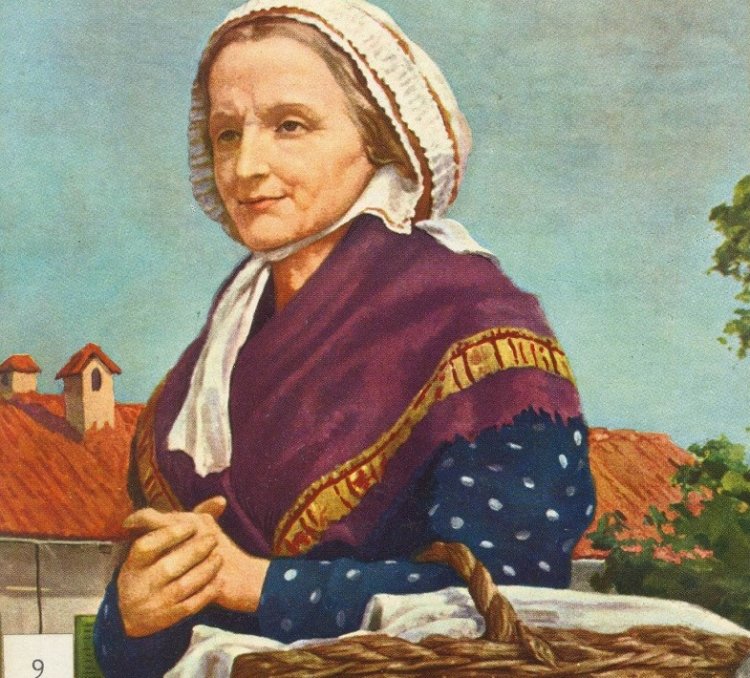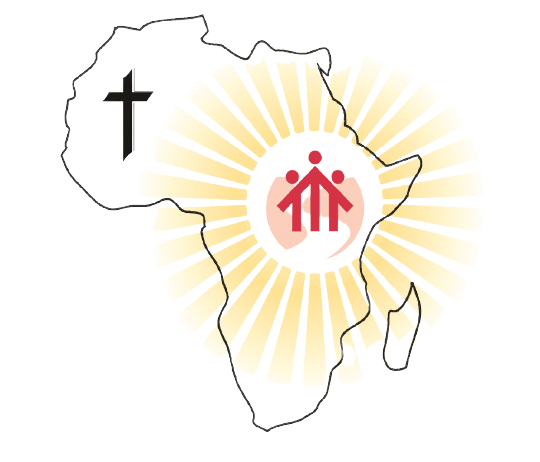Sticking with Don Bosco like Mama Margaret
Commemoration on 25 November

Sticking with Don Bosco like Mama Margaret
Sticking with Don Bosco to do this mission as a religious brother or priest takes tenacity. It requires faith and grace – especially when obstacles are thrown at you. Sticking with this Salesian call to holiness through educating and evangelizing young people as either a layperson or a religious is challenging. What are the obstacles? Tons of them that the devil tries to throw at someone who wants to give their life to God and to save souls. Perhaps the most common are lack of support, apathy among the people we are trying to help, a culture in the world that is distrustful and antagonistic to faith, lack of resources, criticism and temptations within yourself – for an easier way of life and less sacrifice.
At one critical moment in Don Bosco’s life he made a firm decision to “stick with” his call and mission even if it was going to be very hard. It was in 1846 after contracting pneumonia and even having a bout of “burn-out”. He was 30 years old and had been a priest for only five years. He had started a huge undertaking for poor boys in the city of Turin, Italy and after five years was left exhausted, overworked, frustrated and worn out. He almost died of pneumonia. After recovering for several months at his mother’s house, he made a decision to go back into the whirlwind – to the Oratory in Turin where so many needy youngsters awaited him.
But “sticking with” it forced him to make an adjustment. The adjustment was to bring his mother, Mama Margaret, more closely into his life and mission. Why? Why did he bring his own mother out of her beloved farmhouse in the country back to the Oratory in the city? He did so because he was facing a few serious problems. First, he needed an accountability partner to keep balance in his life (a spiritual director) so he wouldn’t burn out again. Two, he had recently bought a house for the Oratory – the Pinardi house in Valdocco – but it was in a seedy section of Turin and as a young priest, he needed to protect his reputation. Lastly, he needed help! There were just too many things to do. The needs were great.
Don Bosco hesitated to ask her at age 58 to give up her peaceful life in the country and move to a noisy city. Finally, one evening he put before her his dilemma. She understood his situation. He needed to make adjustments and she’d need to make adjustments as well, for the sake of this divinely-guided mission. She saw the urgency and immediately answered, “If you think such a course is pleasing to the Lord, I’m ready to go with you.” On November 3, 1846, she left the home she loved and went to Turin with her son.
Margaret brought her humble but beloved wedding gown, a few cheap jewels and some linen. These she used to make clothing for the poor boys or sold to buy urgent necessities. She sacrificed everything. She gave herself entirely to her son and took an active part in the foundation of the Salesian apostolate. From the day she arrived at Valdocco she wore the same patched and faded clothes. On two occasions Don Bosco gave her money to buy a new dress, but the old one remained, a little more worn, a little more patched. She spent the money on things the boys needed. Sticking with Don Bosco meant sticking to sacrifices. His mission was God’s mission and now also her mission.
The ten years that Margaret lived with Don Bosco at the Pinardi house were the definitive period of his life and of the budding Salesian movement. She assumed a new, enduring name: Mama Margaret. She became the mother of each of Don Bosco’s boys. One may say that his Preventive System of education is based on how she raised her family and how she ran the household at Valdocco. Don Bosco often asked her advice and many of his decisions during these years benefited from her wise judgment. When he had to be absent, he was confident that Mama Margaret would be with the boys and see that all went well.
For ten years Mama Margaret was the boys’ mother at Valdocco, with all the patience, toil and tenderness that “mother” implies. She struggled to get used to the shouting and rough and tumble of the Oratory, which lasted all day and half the night. Then came the first orphans and the opening of the hotel. She prepared their meals, tended the little vegetable garden, fed the poultry and rabbits and did the laundry and mending – often well into the night while the boys slept, for many of them had only one set of clothes. She cared for them when they were ill and with infinite patience put up with their noise and thoughtlessness.
A crisis came one evening in 1850 when she poured out her woes to John: “I can’t take any more of this. Every day these boys plague me with some new vexation. Please let me return to Becchi and live my life in peace.”
John heard her out sadly. He looked at her and then raised his eyes to the crucifix on the wall. Margaret followed his gaze and tears rolled down her wrinkled cheeks. “You’re right, of course,” she uttered (and no further complaint ever came from her).
What about you? Are you sticking with Don Bosco – no matter what.
- by Fr. Steve Ryan SDB


















